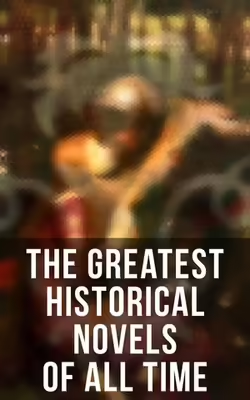The anthology 'The Greatest Historical Novels of All Time' presents an expansive array of narratives that collectively explore the depths of human experience through the lens of historical fiction. With contributions from a stellar cast of writers, including giants such as Leo Tolstoy and F. Scott Fitzgerald, the collection spans continents and centuries, intricately weaving the personal with the historical in a range of literary styles. From the refined societal observations of Jane Austen to the stark realism of Thomas Hardy, and the psychological depth of Henry James, this anthology highlights the adaptability and enduring appeal of the historical novel as a genre. Noteworthy are the varied narrative voices that reflect the evolution of literary styles through the ages. The backgrounds of the contributing authors in 'The Greatest Historical Novels of All Time' are as diverse as the stories they tell. From the pioneering feminist perspectives of Mary Wollstonecraft and Mary Hays to the complex character portrayals by the Brontë sisters and the epic adventures delineated by Alexandre Dumas, each author's unique experience enriches this collection. The anthology is aligned with significant literary movements such as Romanticism, Realism, and Modernism, allowing the reader to trace the development of historical fiction as both art and commentary. By bringing together such varied voices, the collection offers a palpable sense of the changing socio-political landscapes that influenced these writers. 'The Greatest Historical Novels of All Time' is a must-read for anyone interested in the progression of historical fiction as a mirror to society. Readers are provided with a rare opportunity to engage directly with the dialogues, conflicts, and narratives that shaped literary epochs. This anthology not only serves as a comprehensive guide through the corridors of the past but also fosters an appreciation of the literary craftsmanship and historical understanding that these monumental works embody.




Share This eBook: